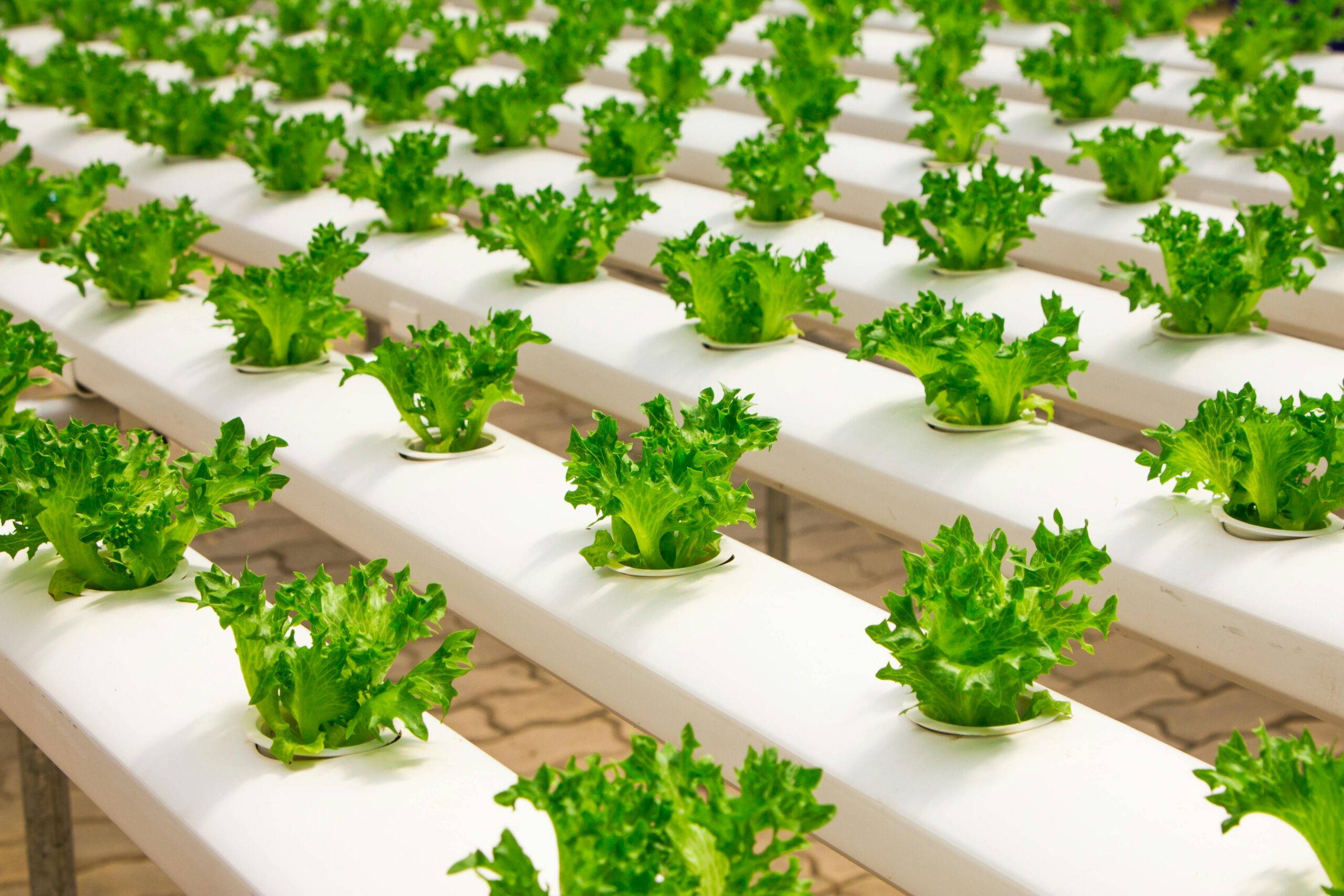Vertical Farming

Vertical farming is an innovative agricultural practice that involves growing crops in stacked layers or vertically inclined surfaces, often in controlled indoor environments. This method maximizes space usage, allowing for large-scale food production in urban areas, warehouses, or even skyscrapers, where traditional farming would be impractical. Here’s a closer look at vertical farming:
Key Features of Vertical Farming
Space Efficiency: By growing crops in stacked layers, vertical farming optimizes space, allowing for more produce to be grown in a smaller footprint. This is particularly beneficial in urban areas where land is scarce and expensive.
Controlled Environment Agriculture (CEA): Vertical farms often use CEA systems, which control variables like temperature, light, humidity, and nutrients. This allows for year-round cultivation and protection from adverse weather conditions.
Hydroponics, Aeroponics, and Aquaponics: Vertical farming frequently employs soil-less farming methods:
- Hydroponics: Plants are grown in nutrient-rich water solutions.
- Aeroponics: Plants are grown in an air or mist environment with nutrients delivered in fine sprays.
- Aquaponics: A combination of aquaculture (raising fish) and hydroponics, where fish waste provides nutrients for the plants.
Energy-Efficient LED Lighting: Since vertical farms are often indoors or in areas with limited natural sunlight, they use LED lights that mimic natural sunlight, optimizing plant growth while reducing energy consumption.
Automation and Technology: Many vertical farms are highly automated, using robotics, artificial intelligence (AI), and Internet of Things (IoT) devices to monitor and manage crop growth, nutrient delivery, and environmental conditions.
Benefits of Vertical Farming
Increased Crop Yield: Vertical farming can produce significantly higher yields per square meter compared to traditional farming, thanks to the efficient use of space and controlled growing conditions.
Reduced Water Usage: Vertical farms use up to 95% less water than traditional farming methods, as water in hydroponic and aeroponic systems is recycled and reused.
Pesticide-Free Produce: The controlled environments reduce the need for chemical pesticides and herbicides, resulting in cleaner, healthier food.
Urban Agriculture: Vertical farming brings food production closer to urban populations, reducing the need for long transportation chains, which cuts down on carbon emissions and ensures fresher produce.
Resilience to Climate Change: Vertical farms are less affected by extreme weather events, droughts, or pests, making them more reliable in the face of climate change.
Sustainable Land Use: Vertical farming can be set up in areas where traditional farming is impossible, such as deserts, arid regions, or dense urban environments, making better use of otherwise unusable land.
Challenges of Vertical Farming
High Initial Costs: The setup of vertical farms can be expensive due to the need for specialized equipment, technology, and infrastructure.
Energy Consumption: While energy-efficient, the need for artificial lighting, climate control, and automation systems can lead to high energy usage, which can be a concern for sustainability.
Technical Expertise: Operating a vertical farm requires expertise in various areas, including plant science, engineering, and data management, which can be a barrier to entry for new farmers.
Crop Selection: Not all crops are suitable for vertical farming. Leafy greens, herbs, and small fruits like strawberries thrive, but staple crops like grains or root vegetables are less practical.
Market Viability: Despite its benefits, vertical farming’s high production costs can result in higher prices for consumers, which may limit market acceptance.
